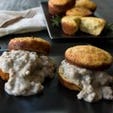In the first part of this series, we introduced habits that could help you lose a few pounds. In the second one, we built on those to guide you a step further. Now we’re going to unveil the remaining details that will finish transforming your body, making you look ripped and feel energized in a way you haven’t been in years (or maybe ever.)
First, let’s review what we’ve asked you to do so far.
#1. Only eat when it’s time to eat
#2. Control portions with your hands
#3. Start each day with protein
#4. Be a boring eater
#5. Get more sleep
#6. Lose the liquid calories
#7. Eat slow: 15 minutes per meal
#8. Drink 2 cups of water before meals
Got it? If not, see Part 1 of the plan HERE, and then Part 2 to get caught up.
Now let’s move on.
#9. Take a Multivitamin
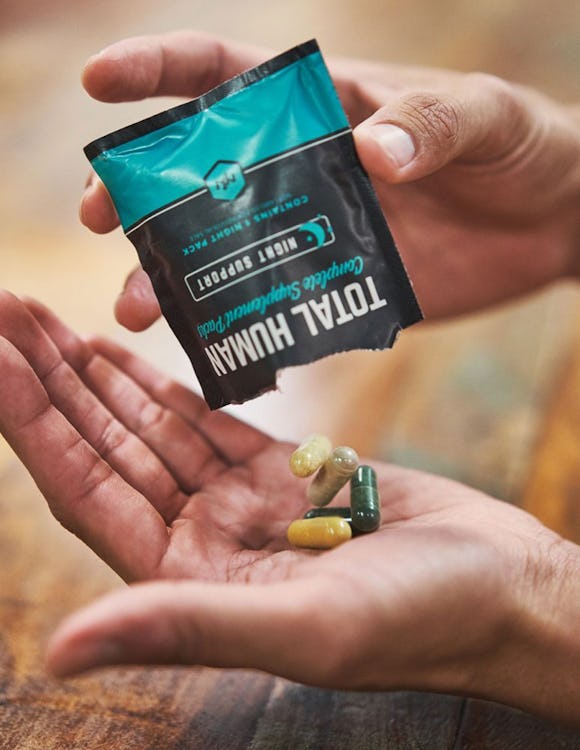
Many people don’t get enough of the nutrients they need through diet alone. Nutritionists call these the “short fall nutrients.” You may not be clinically deficient in them to the point where you’ll suffer major health problems as a result, but the deficiency is enough to keep the body from performing optimally. And when you’re taking in fewer calories in an effort to lose weight, the likelihood of coming up short on these nutrients is even greater.
The short fall nutrients include:
– Vitamin D. Research suggests 90 million Americans don’t get enough.
– Vitamin B6. About 30 million people are deficient.
– Vitamin B12. Around 18 million are under-nourished.
– Calcium
– Magnesium
– Potassium
– Folate
These micronutrients all play a role in both general health and performance in the gym, and can influence your ability to burn fat. Taking a multivitamin product is a convenient way to help you cover your bases without adding calories to your diet.
#10. Eat Without Distractions
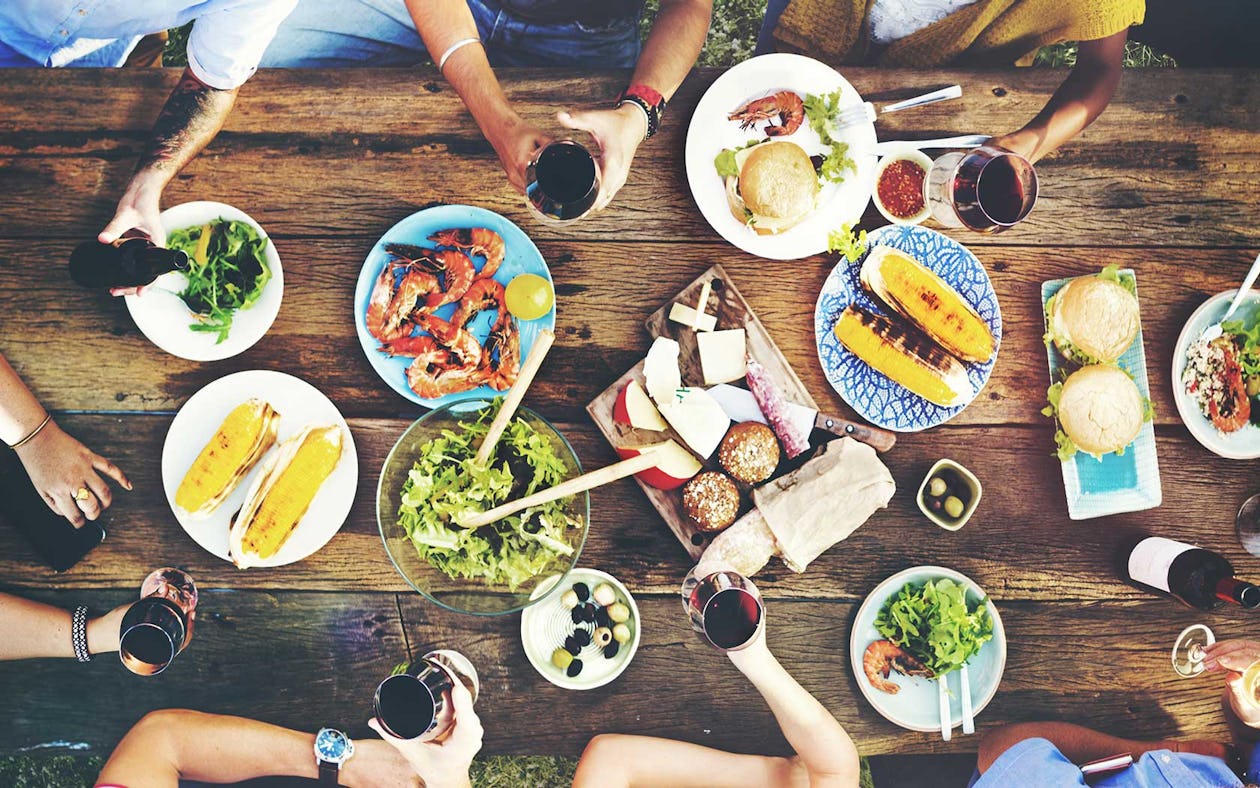
This may be the most challenging of all the habits I lay out, but also the most effective.
I was giving a nutrition talk to a group of people one time and a woman asked me if I had any ideas on how to get her three year-old to eat without staring at an iPad. As we talked, I learned that her husband always had his computer on the kitchen table. Bored, she would pull out her phone as well. I explained to this lady that her child playing on her iPad was simply an imitation of the behavior she saw at home. She too was “bored” by the lack of conversation and sought entertainment in electronics.
Not only do distractions like this put a damper on relationships, they make you fatter over time. Research suggests that when we’re distracted, we eat more. At least 10% more at that meal and up to 25% more at subsequent meals, according to a review published in the American Journal of Clinical Nutrition.
Let’s do some math and see what those percentages look like in real life.
A typical-sized breakfast of 500 calories may now turn into 550 calories. Let’s assume your next meal is normally also 500—now it’s 625 calories. You can see how this adds up, and all because you’re playing on your phone and eating mindlessly when you should be enjoying your meal in the company of others.
Start eating completely unplugged. Focus on the human beings around you and the conversations they bring. If you have a hard time tearing your family away from their screens, consider using some conversation-starters: what was your favorite vacation spot, subject in school, childhood book, etc.
If you don’t have people to eat around and talk with for at least one meal of the day… get some. Call an old friend on the phone, or your parents, or go out to eat so you can start a conversation with strangers. You may make some new friends (along with your new abs).
#11. Swap Out Grains For Veggies
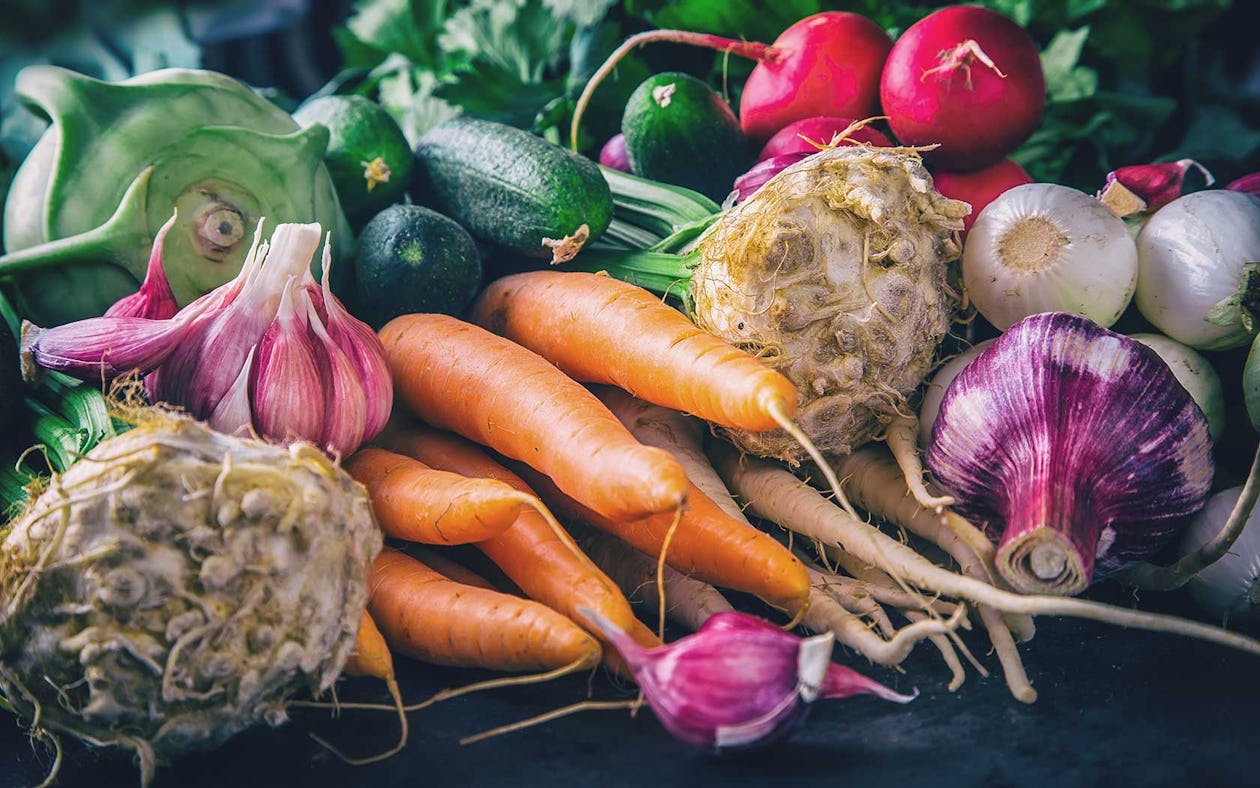
There’s nothing wrong with grains, but when you’re chasing fat loss—especially in 12 weeks—you can’t be married to any one type of food. Calories matter, and grains simply pack more than vegetables, and they’re easier to overeat.
Both foods are carbohydrates and provide energy, but veggies are less calorically dense. You can double up on them (you’re supposed to be eating at least one handful per meal anyway, as stated in rule #2, remember?) to get the energy you need without blowing the caloric deficit you must have in place to lose more fat. To be clear, vegetables include root veggies, so any potatoes or sweet potatoes you’re currently eating—as well as other starches such as beans—can stay. But say goodbye to pasta, bread, rice, and oats.
The other starches in your diet should be enough to power your workouts, but if you find that they’re suffering and you feel drained all the time, grab an extra piece of fruit. Fruit, like veggies, is a high-volume, low-calorie food that provides a boost without adding to your bottom line (or waistline).
#12. Keep No Food On Your Counter (Except a Fruit Bowl)
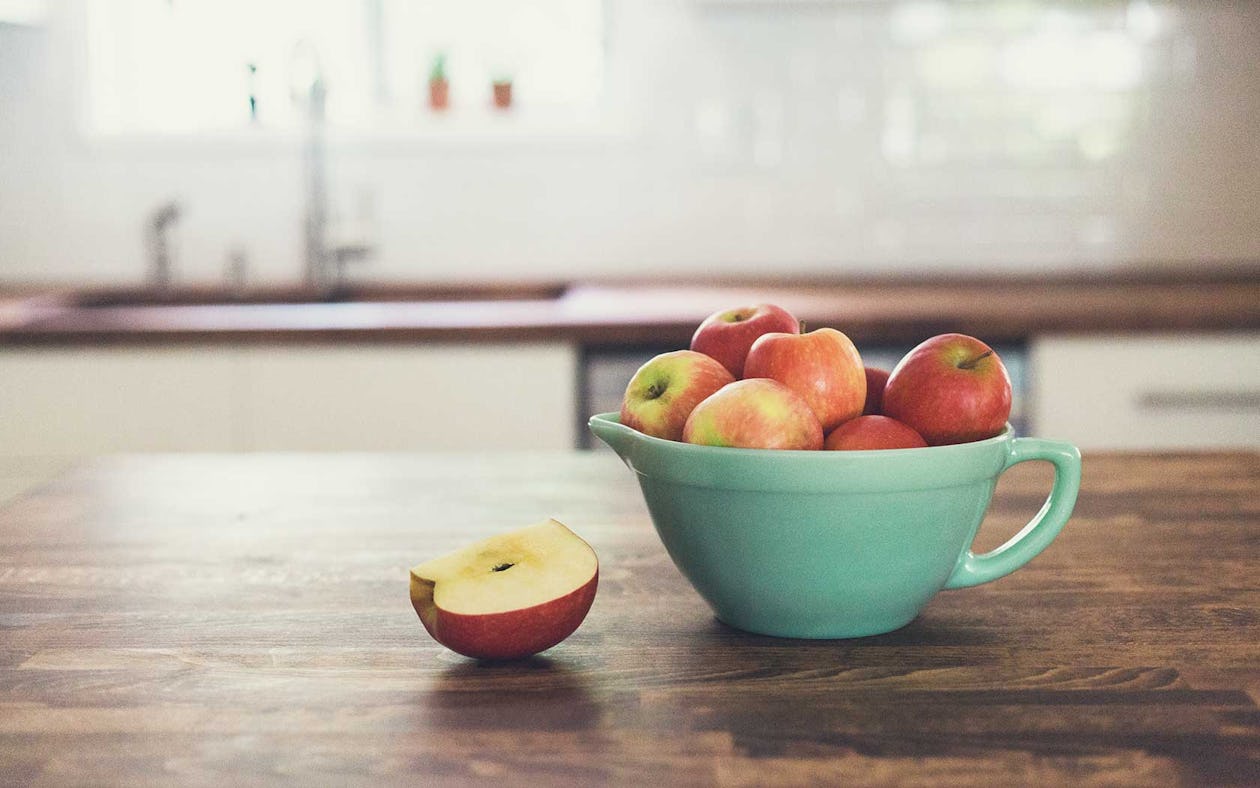
Researchers in one study, published in the Journal of Health Education and Behavior, photographed over 200 kitchens to see whether the foods on their countertops reflected the owners’ body weights. The study concluded that the people who kept breakfast cereal on their counters weighed 20 pounds more than those who didn’t. When they kept soft drinks on the counter, the weight difference was upwards of 26 pounds compared to those who didn’t.
But, interestingly, the subjects who had just a lone fruit bowl on their counters weighed 13 pounds less than the others.
What’s visible is what’s eaten. Simple as that. It’s not willpower that gets you lean—it’s psychology. When you’re tired at the end of a long day, you will eat and/or drink whatever is fastest and easiest to eat and drink. That’s just human nature. Surround yourself with only healthy options, or no options, and you can’t overeat.
I’m ending this article series with that tip because it’s the one that will do the most to help you continue to be successful beyond just the 12 weeks that we’ve outlined. If you do everything listed in this three-part plan, you’ll get pretty darn lean. Now focus on making these habits stick and you can stay that way for a lifetime.
If you missed the first two parts of this series, go back to read Part 1 and Part 2 now!
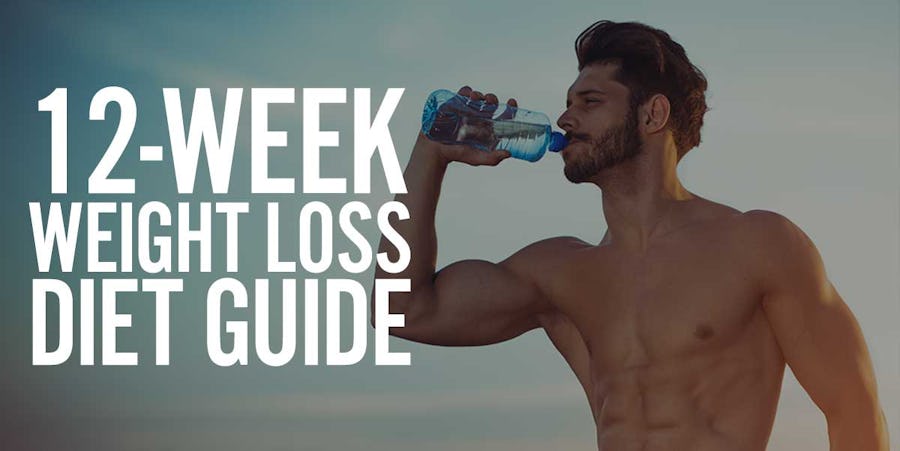

)

